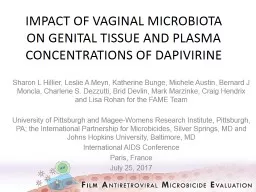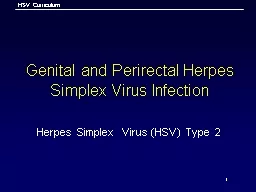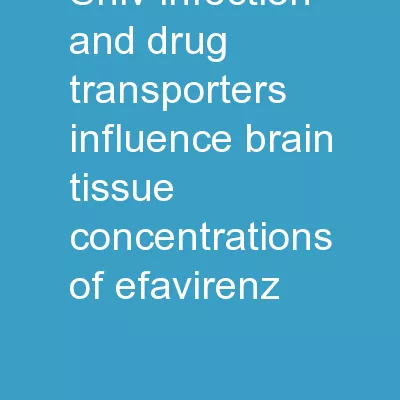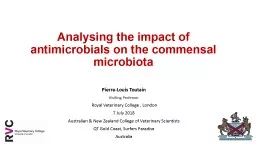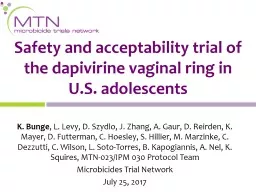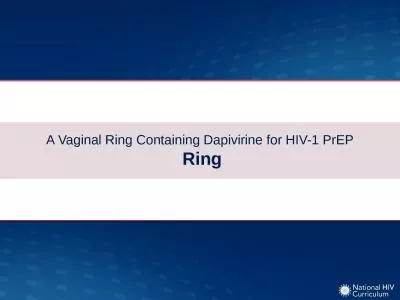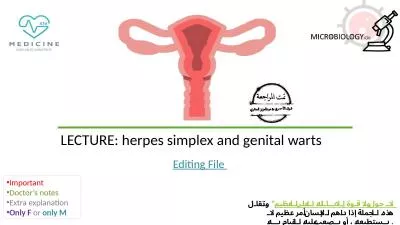PPT-IMPACT OF VAGINAL MICROBIOTA ON GENITAL TISSUE AND PLASMA CONCENTRATIONS OF DAPIVIRINE
Author : sophie | Published Date : 2022-05-31
Sharon L Hillier Leslie A Meyn Katherine Bunge Michele Austin Bernard J Moncla Charlene S Dezzutti Brid Devlin Mark Marzinke Craig Hendrix and Lisa Rohan for the
Presentation Embed Code
Download Presentation
Download Presentation The PPT/PDF document "IMPACT OF VAGINAL MICROBIOTA ON GENITAL ..." is the property of its rightful owner. Permission is granted to download and print the materials on this website for personal, non-commercial use only, and to display it on your personal computer provided you do not modify the materials and that you retain all copyright notices contained in the materials. By downloading content from our website, you accept the terms of this agreement.
IMPACT OF VAGINAL MICROBIOTA ON GENITAL TISSUE AND PLASMA CONCENTRATIONS OF DAPIVIRINE: Transcript
Download Rules Of Document
"IMPACT OF VAGINAL MICROBIOTA ON GENITAL TISSUE AND PLASMA CONCENTRATIONS OF DAPIVIRINE"The content belongs to its owner. You may download and print it for personal use, without modification, and keep all copyright notices. By downloading, you agree to these terms.
Related Documents

